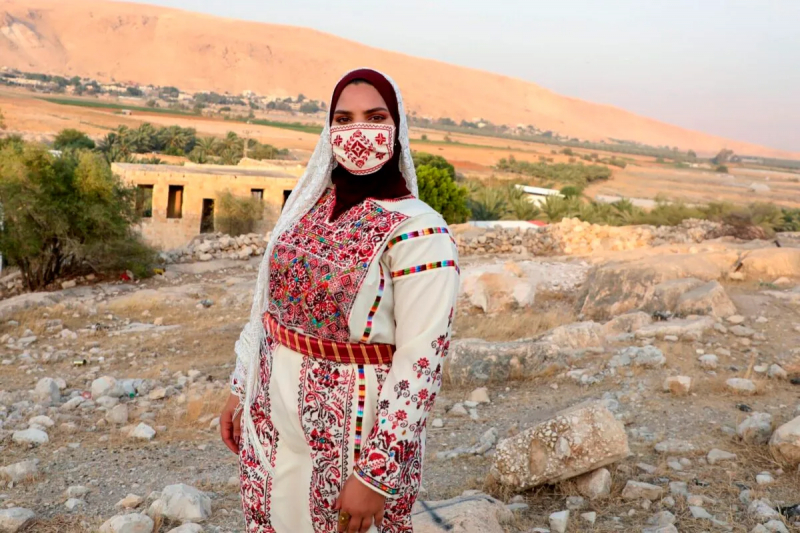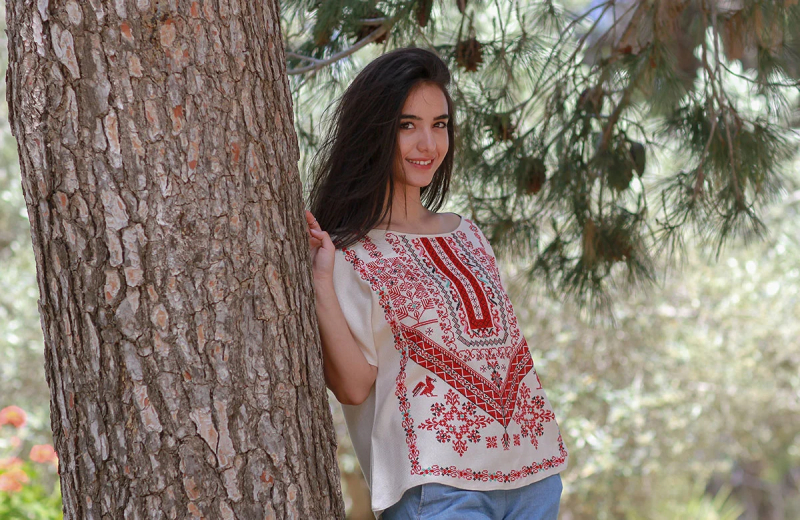Dressing Etiquette
There was significant variation among social classes in both women's and men's traditional clothing in Palestine, with distinct fashions between urban, rural, and nomadic Bedouin populations. Cotton or linen was commonly used in traditional clothing.
Traditional male clothing, such as tunics and Ottoman-influenced styles, gradually gave way to Western-style clothing in the early twentieth century. Modern urban women also prefer to dress in Western attire most of the time. For Palestinian men, sandals are the traditional footwear. Before entering the house, shoes and other footwear are typically removed. Women's clothing became more conservative in the late 1980s, following the start of the First Intifada, when more women began covering their hair and wearing long and loose-fitting clothing.
Traditional headwear varies. The Bedouin keffiyeh is worn on the head and secured with a length of rope. The keffiyeh, also known as the hattah, is a square of white fabric with a checkered or fishnet pattern in black or red. In the early twentieth century, this headwear became a symbol of Palestinian nationalism and was adopted by non-Bedouin Palestinians. Today, the iconic garment is popular among all social classes in Palestine and beyond. Internationally, supporters of the Palestinian cause sometimes wear the keffiyeh, and it has even been adopted by the global fashion industry.











